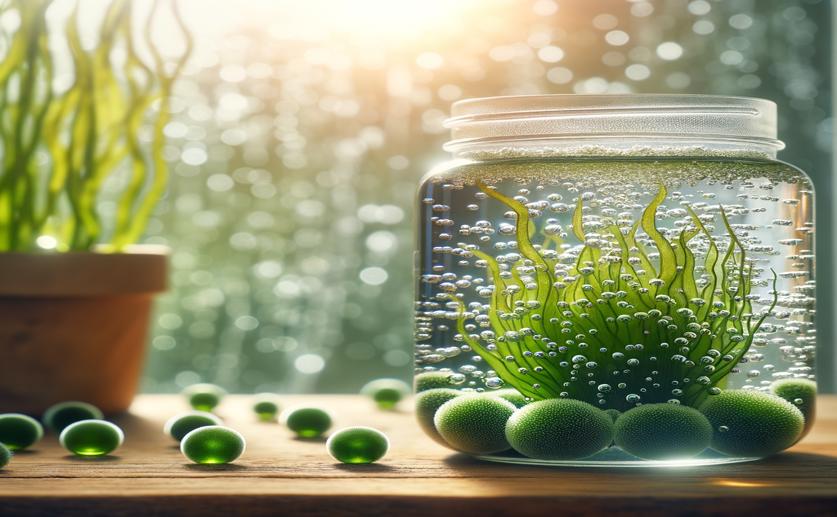
Boosting Algae Growth and Healthy Fats Using Filtered Whey
Jim Crocker
21st June, 2024

Image Source: Natural Science News, 2024
Key Findings
- The study from University College Dublin explored using nano-filtered whey permeate (WP), a dairy by-product, to grow the microalga Nannochloropsis oceanica
- N. oceanica efficiently removed 100% of nitrate, 87% of protein, and 74% of phosphate from WP, despite its nitrogen limitations
- The biomass produced on WP was rich in saturated fatty acids and contained 16% of the valuable omega-3 fatty acid, eicosapentaenoic acid (EPA)
SustainabilityBiochemMarine Biology
References
Main Study
1) Growth and fatty acid profile of Nannochloropsis oceanica cultivated on nano-filtered whey permeate
Published 20th June, 2024
https://doi.org/10.1007/s10811-024-03287-x
Related Studies
2) Towards sustainable sources for omega-3 fatty acids production.
3) An eco-friendly strategy for dairy wastewater remediation with high lipid microalgae-bacterial biomass production.
4) An approach for dairy wastewater remediation using mixture of microalgae and biodiesel production for sustainable transportation.
5) Eicosapentaenoic acid production from Nannochloropsis oceanica CY2 using deep sea water in outdoor plastic-bag type photobioreactors.



 7th June, 2024 | Jenn Hoskins
7th June, 2024 | Jenn Hoskins